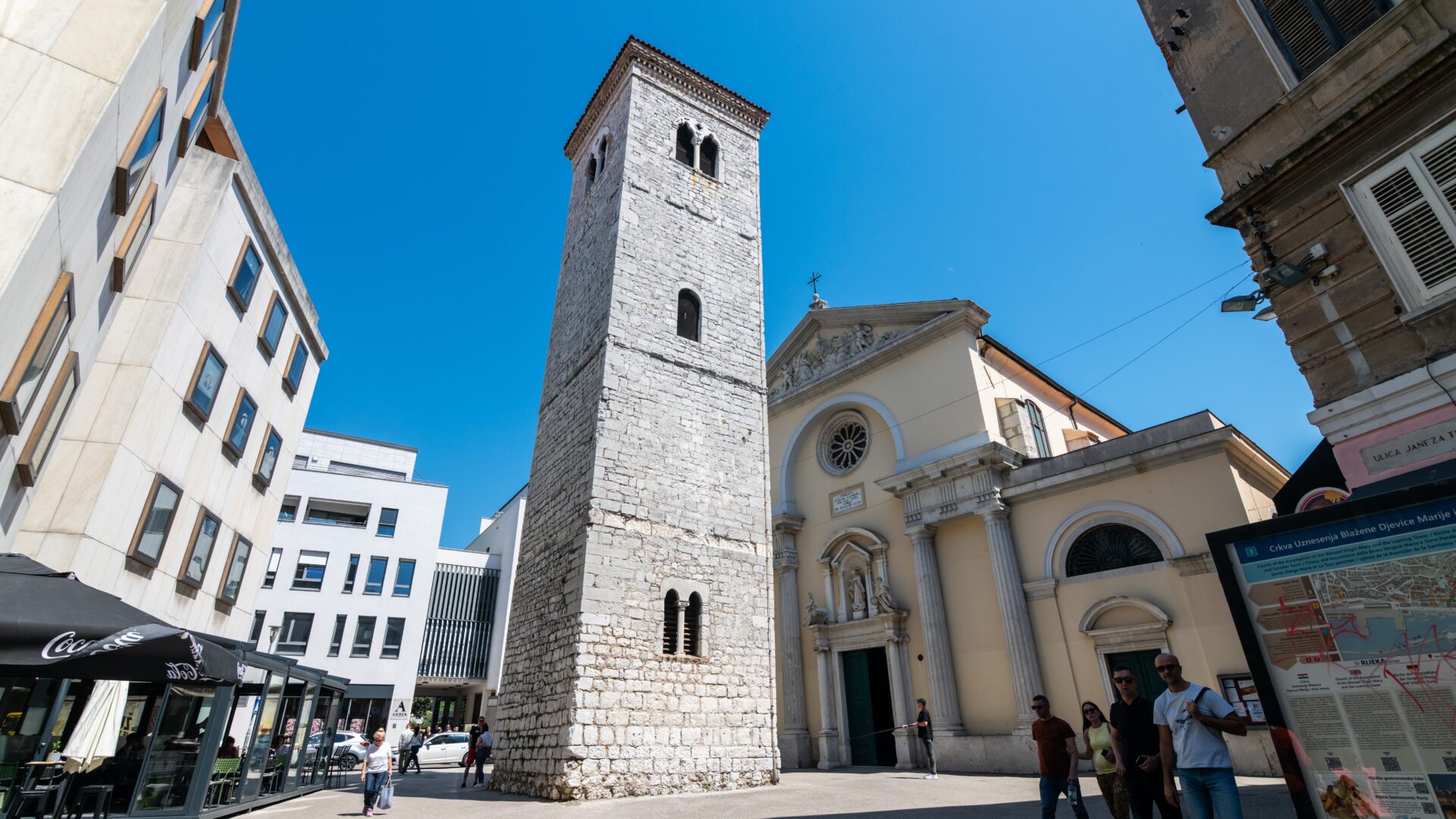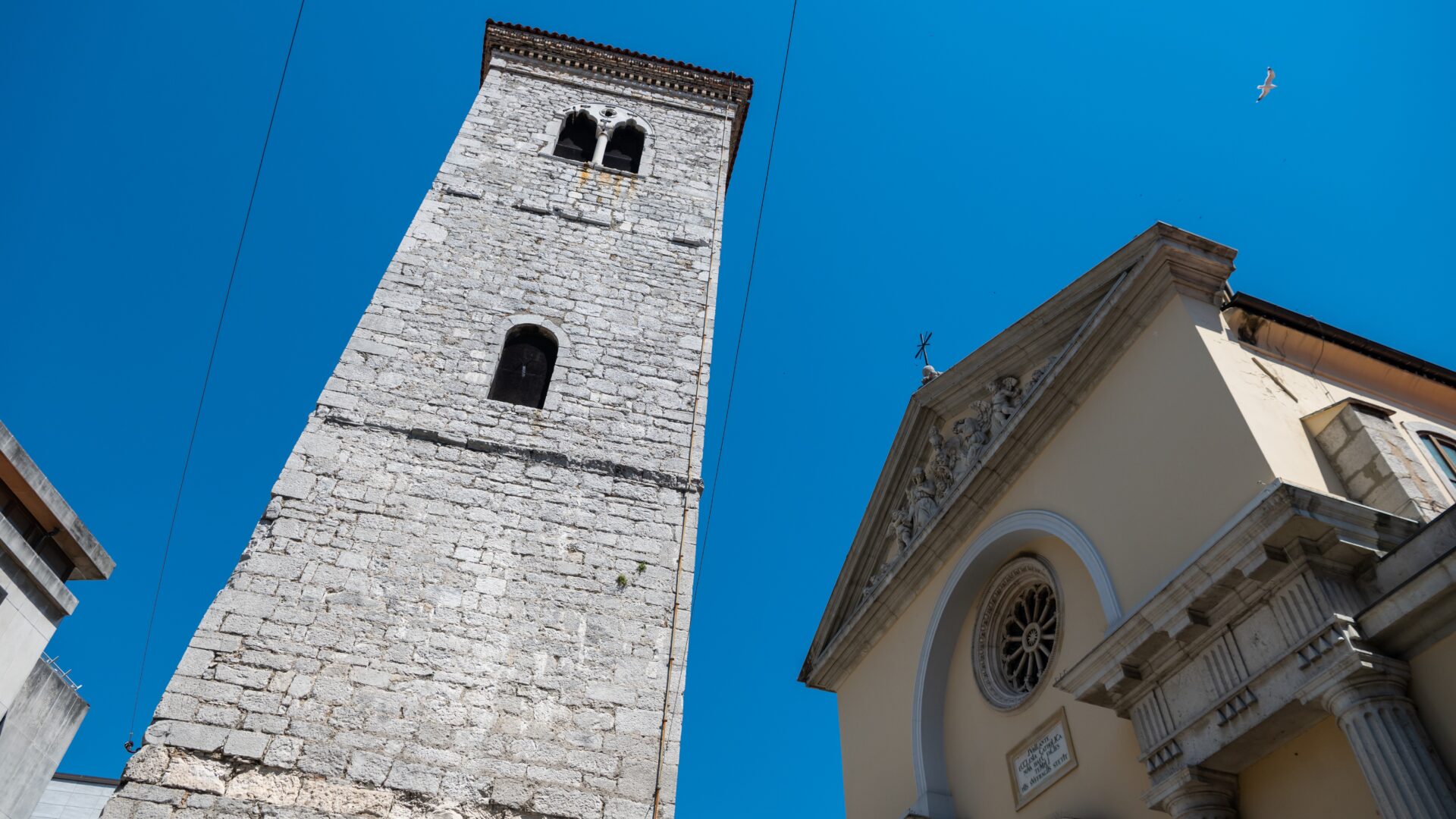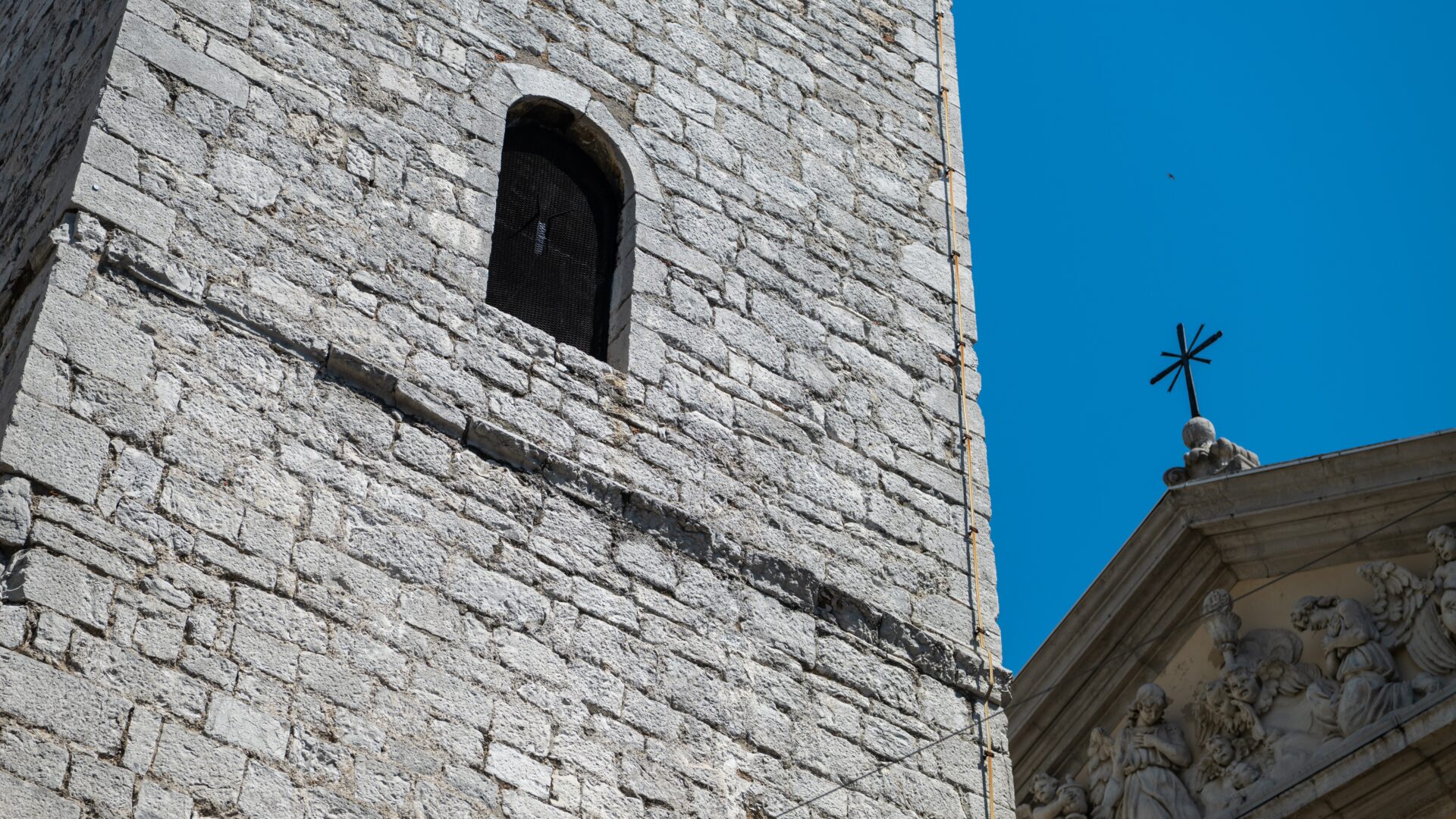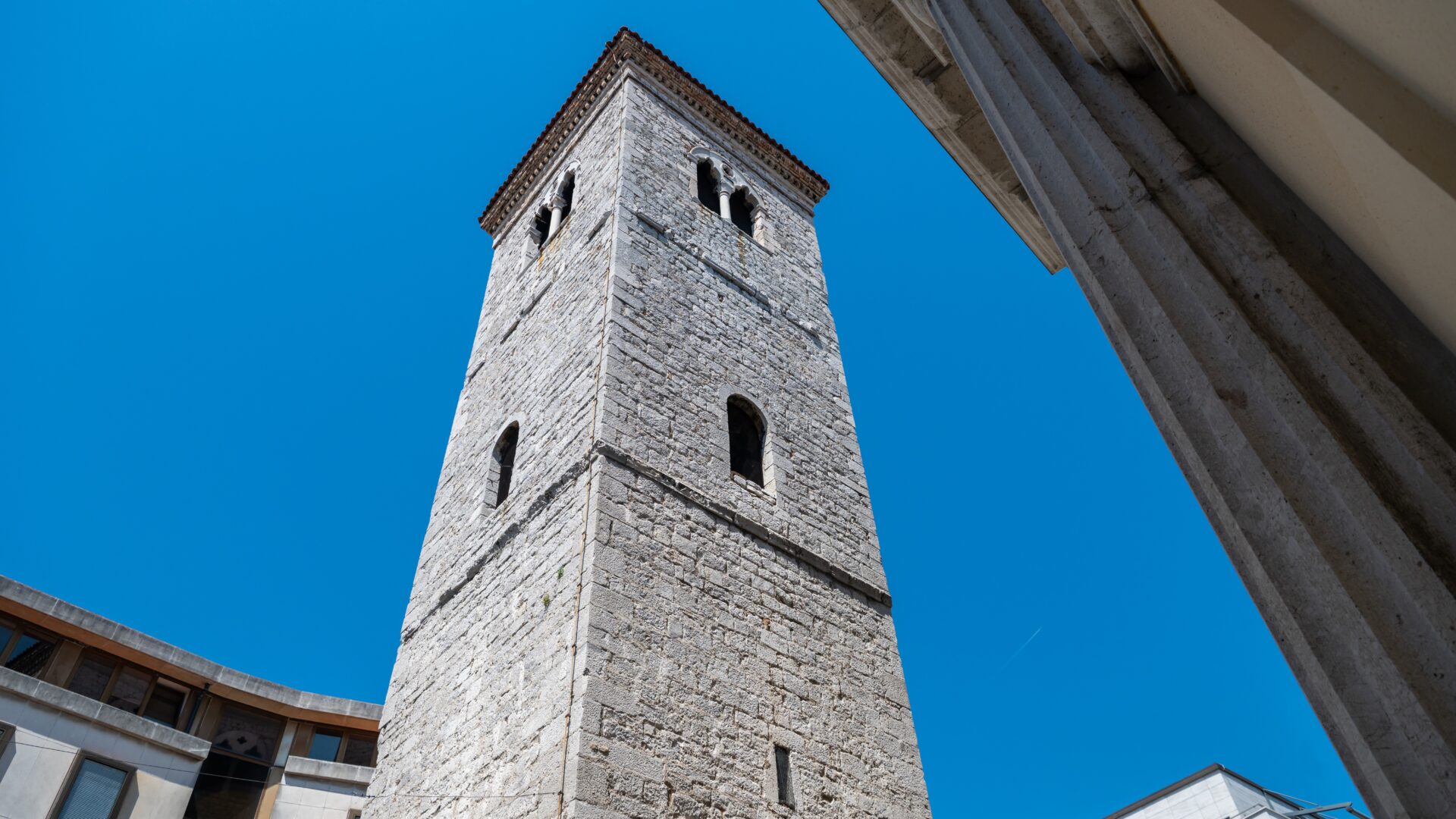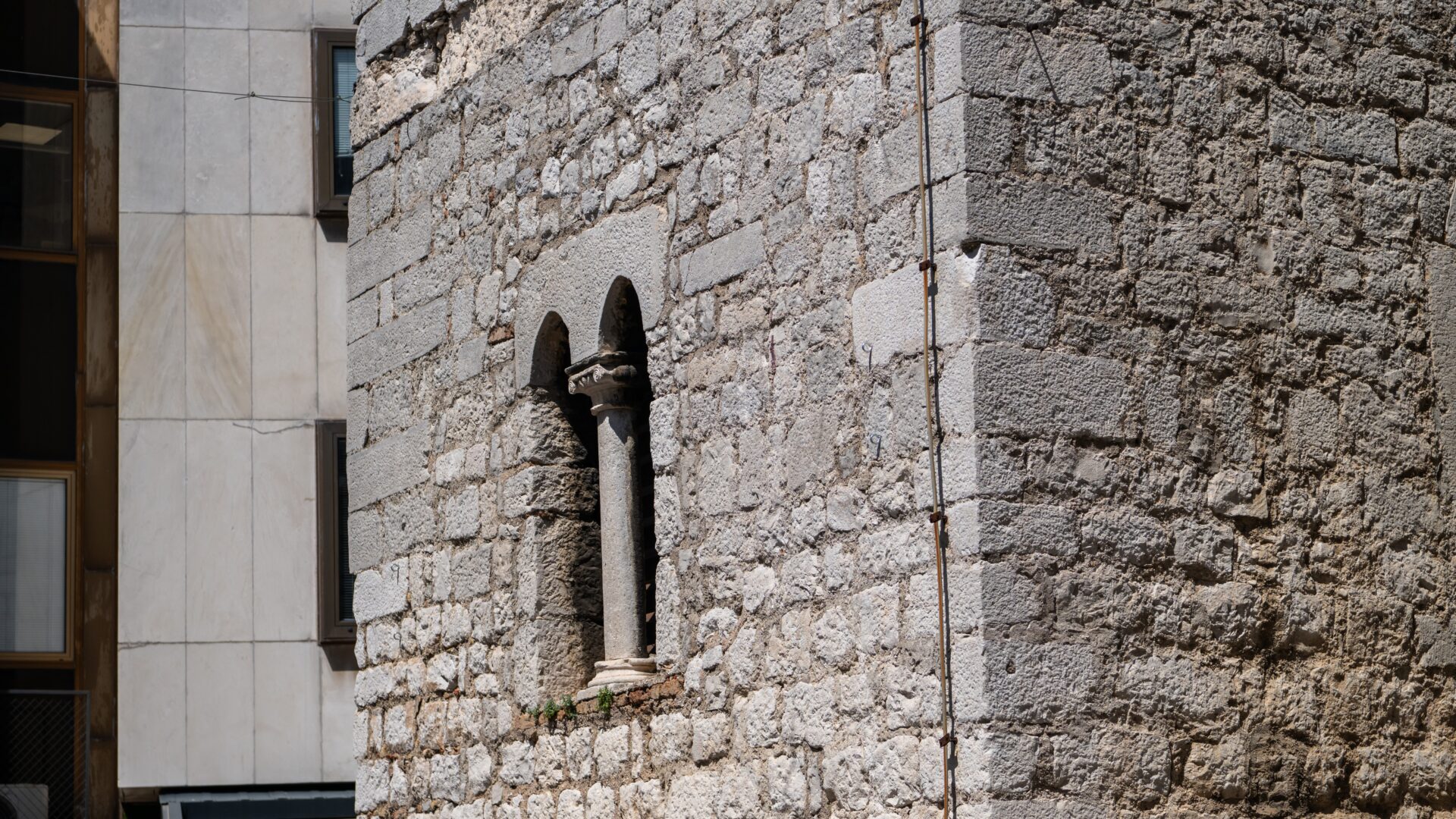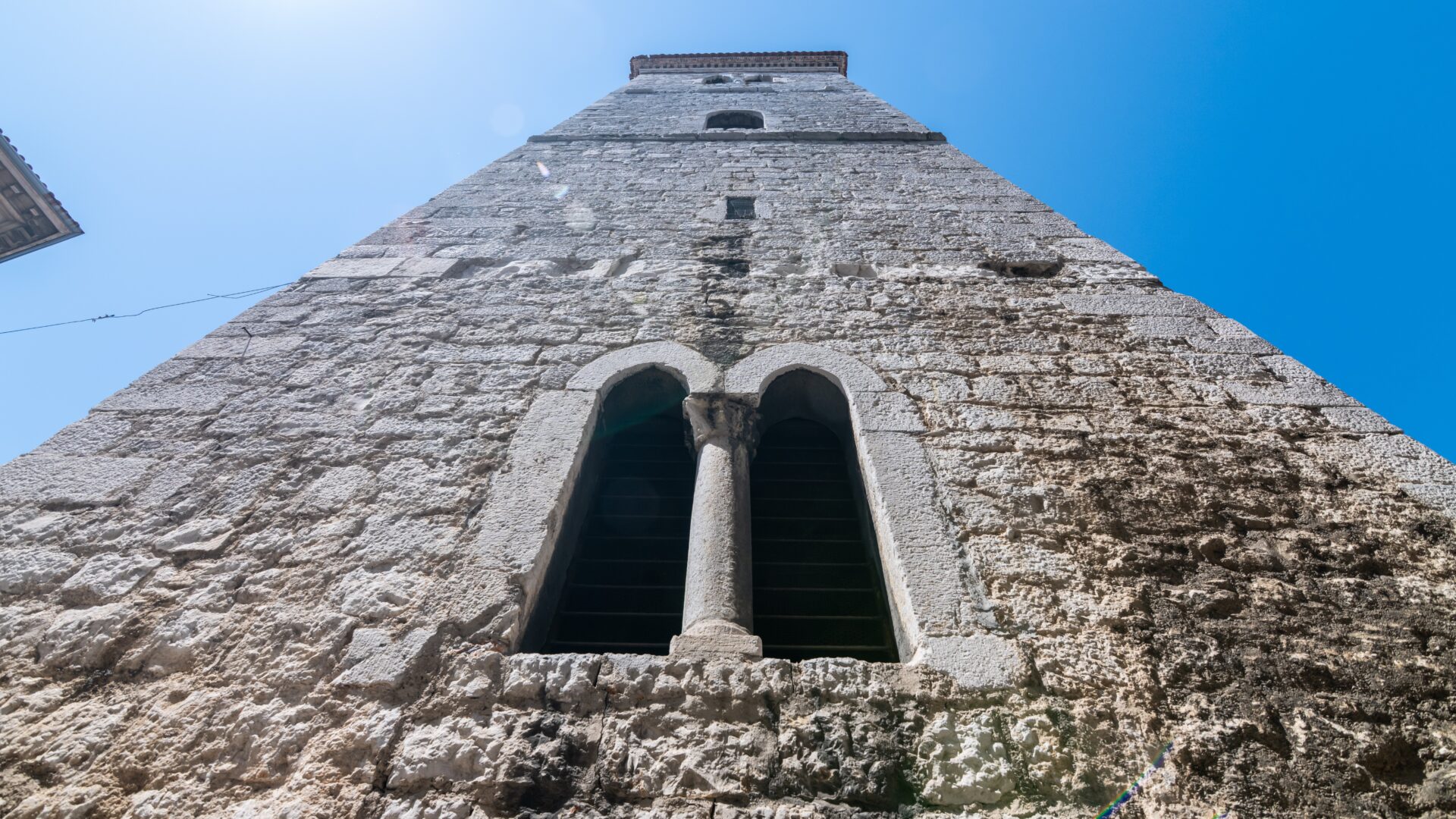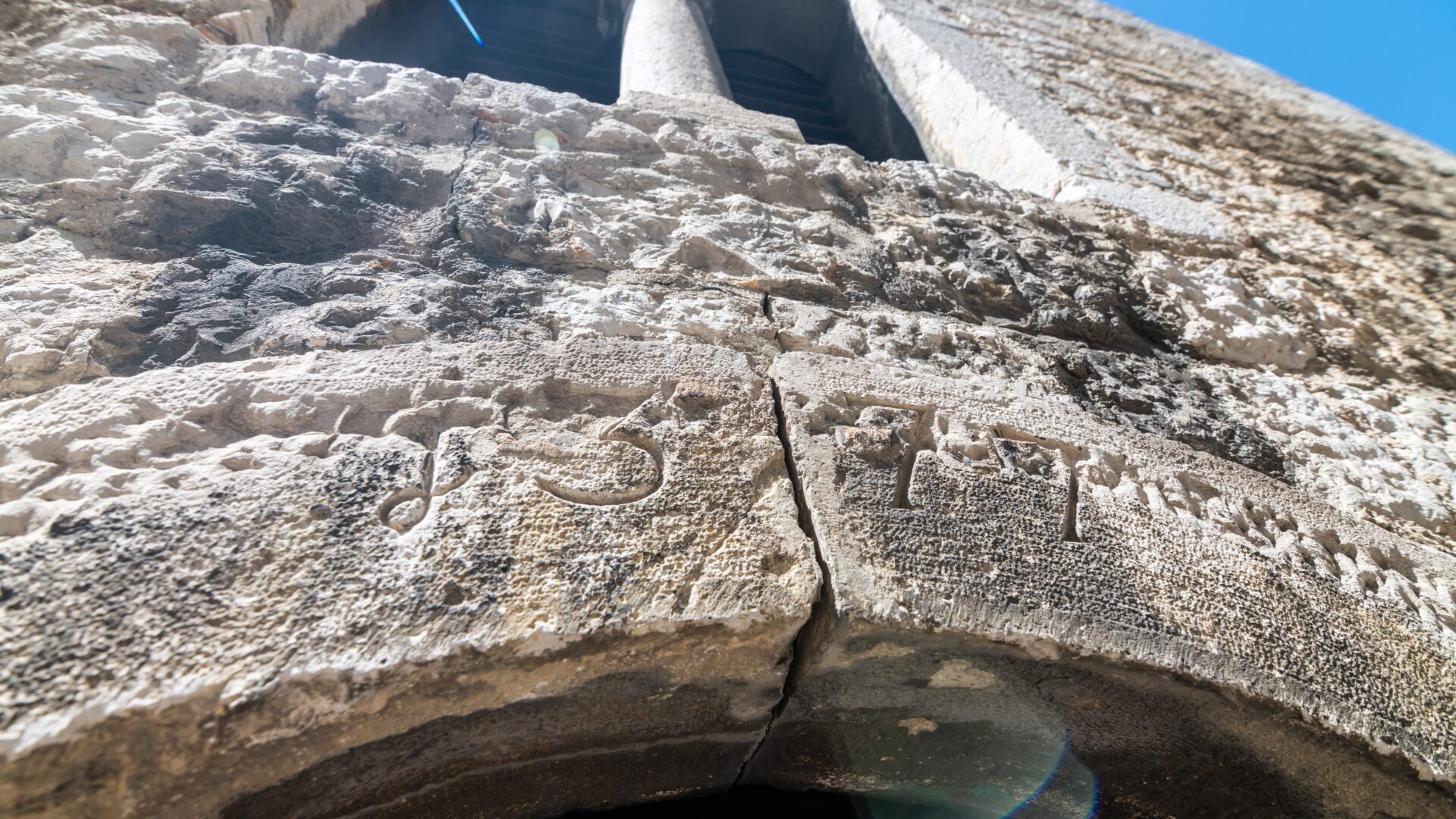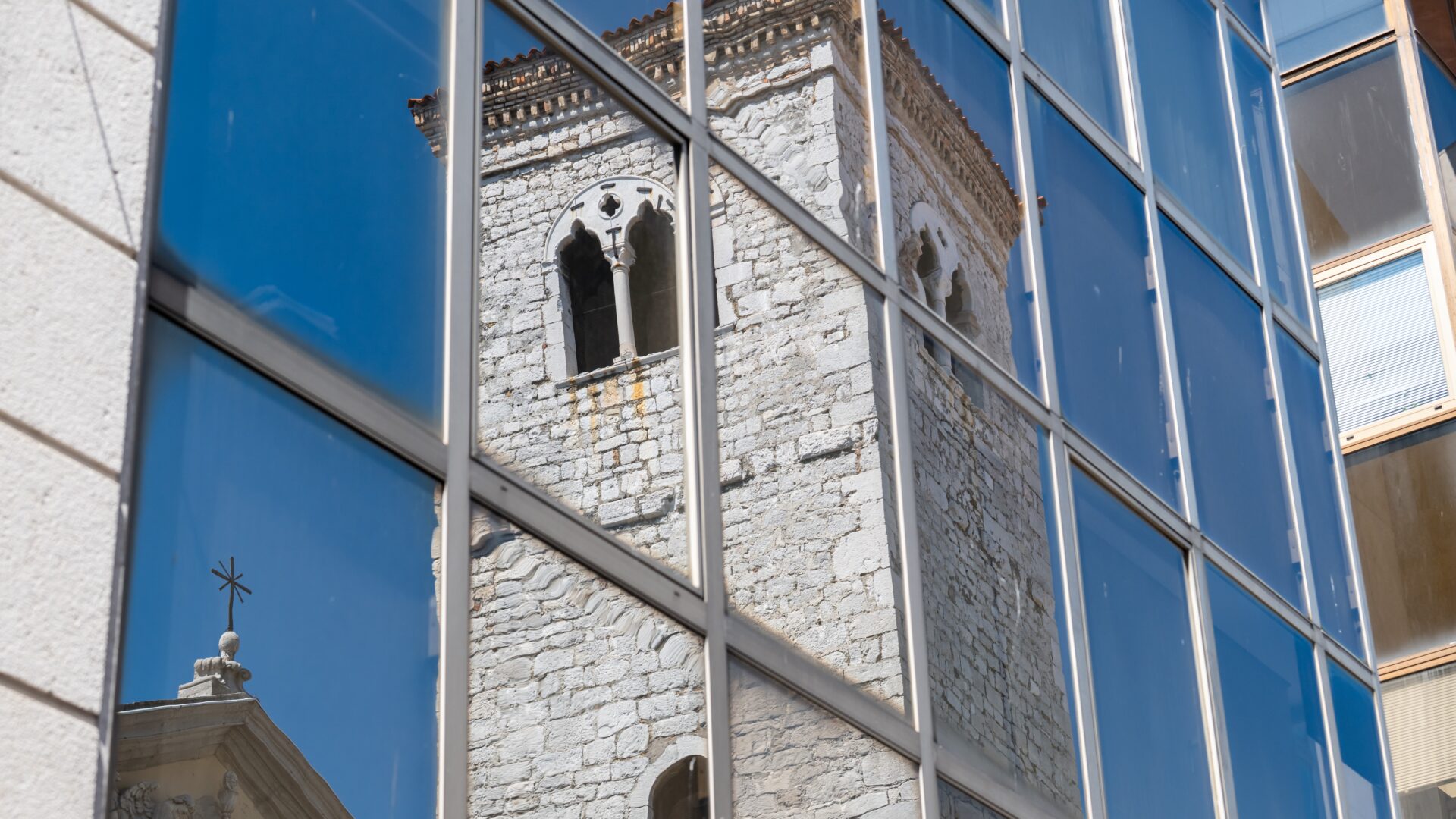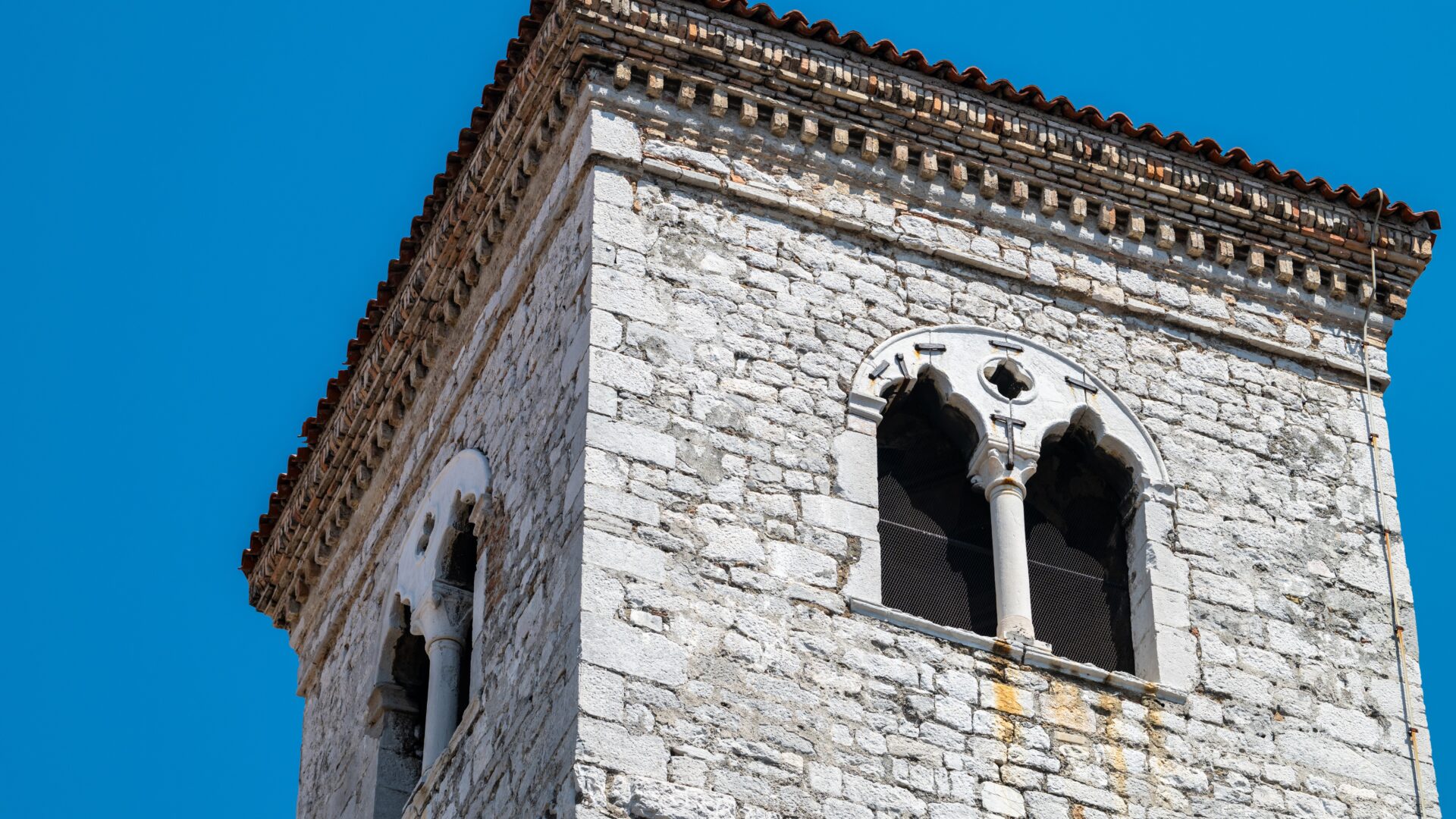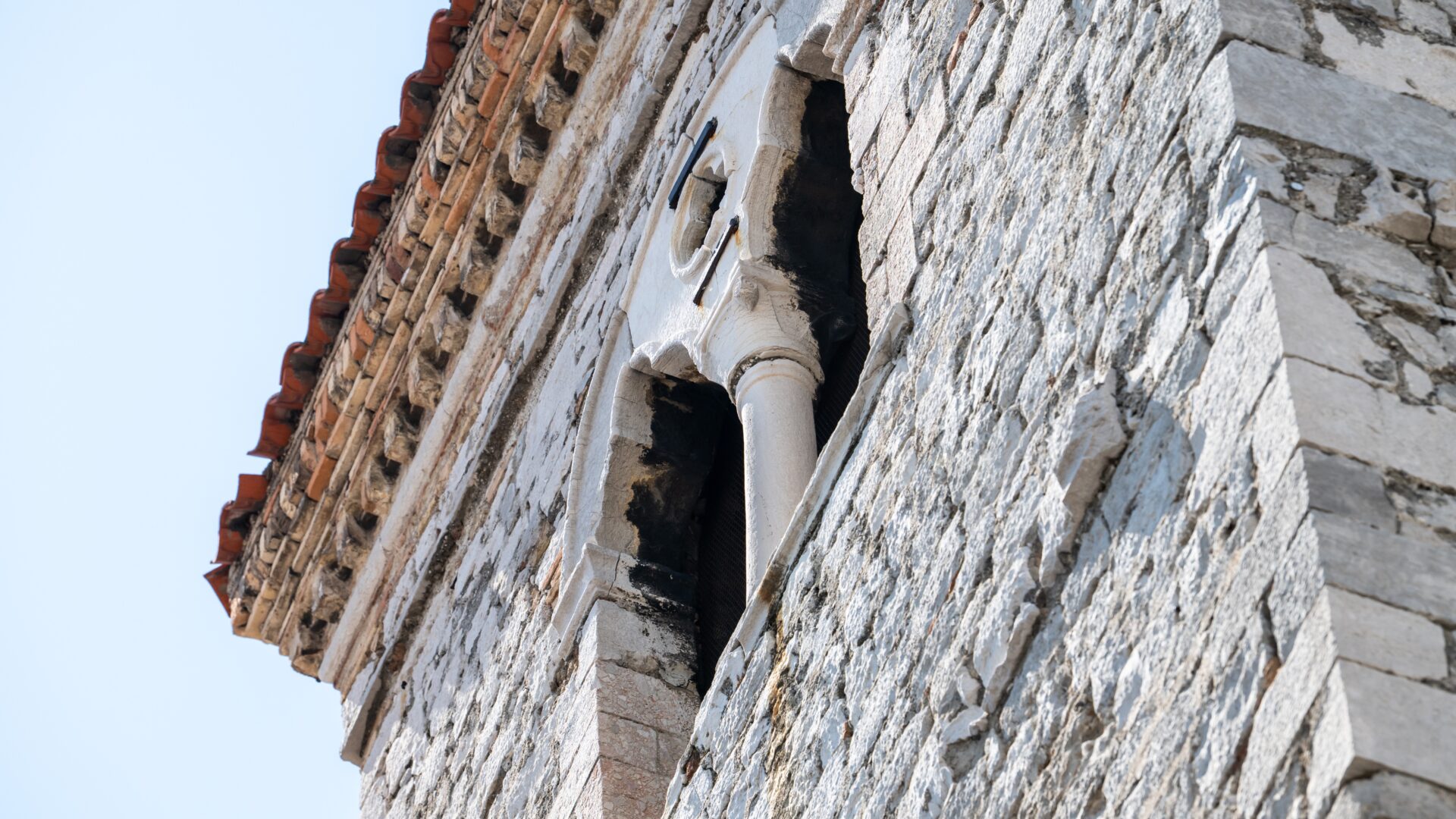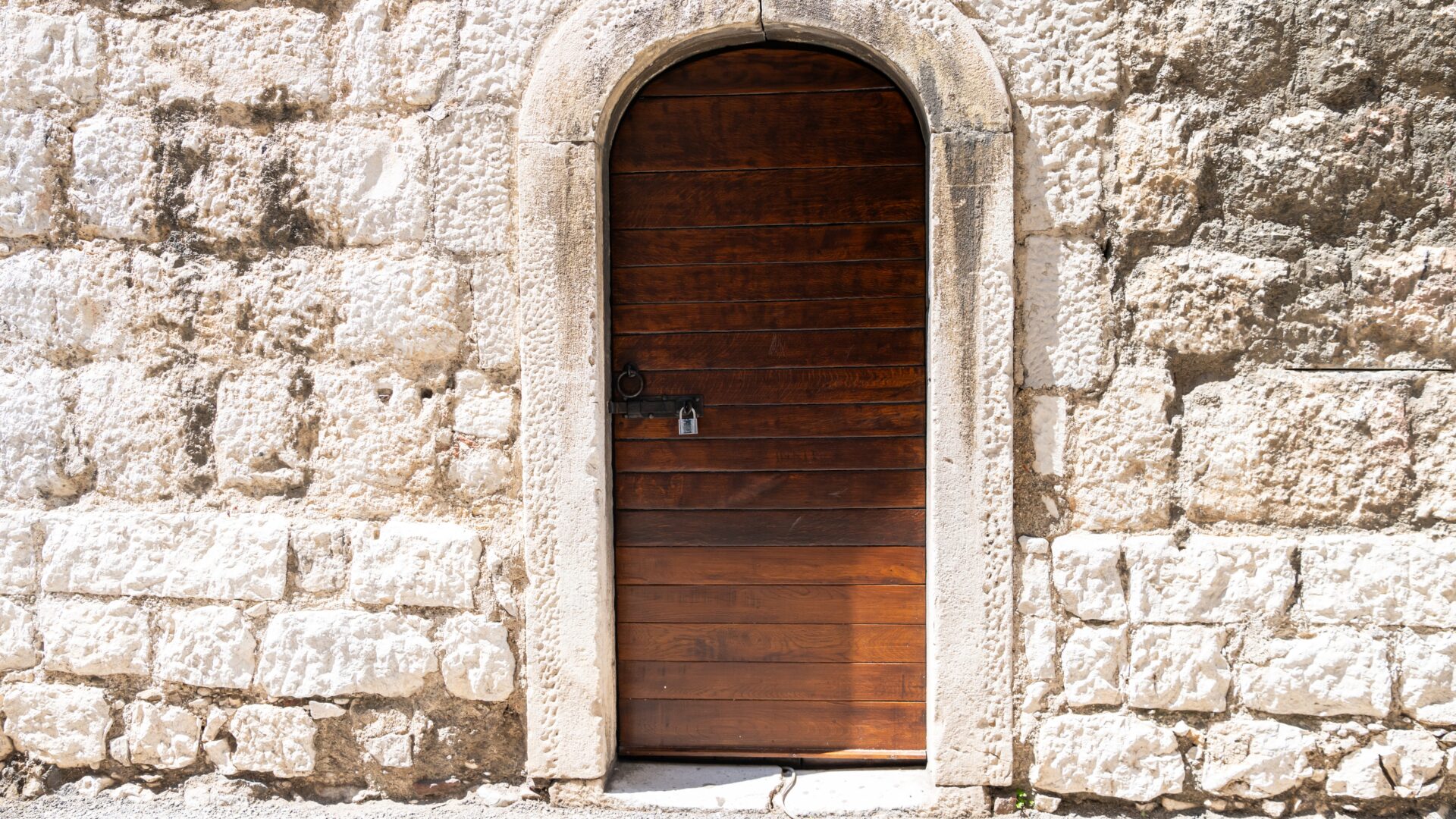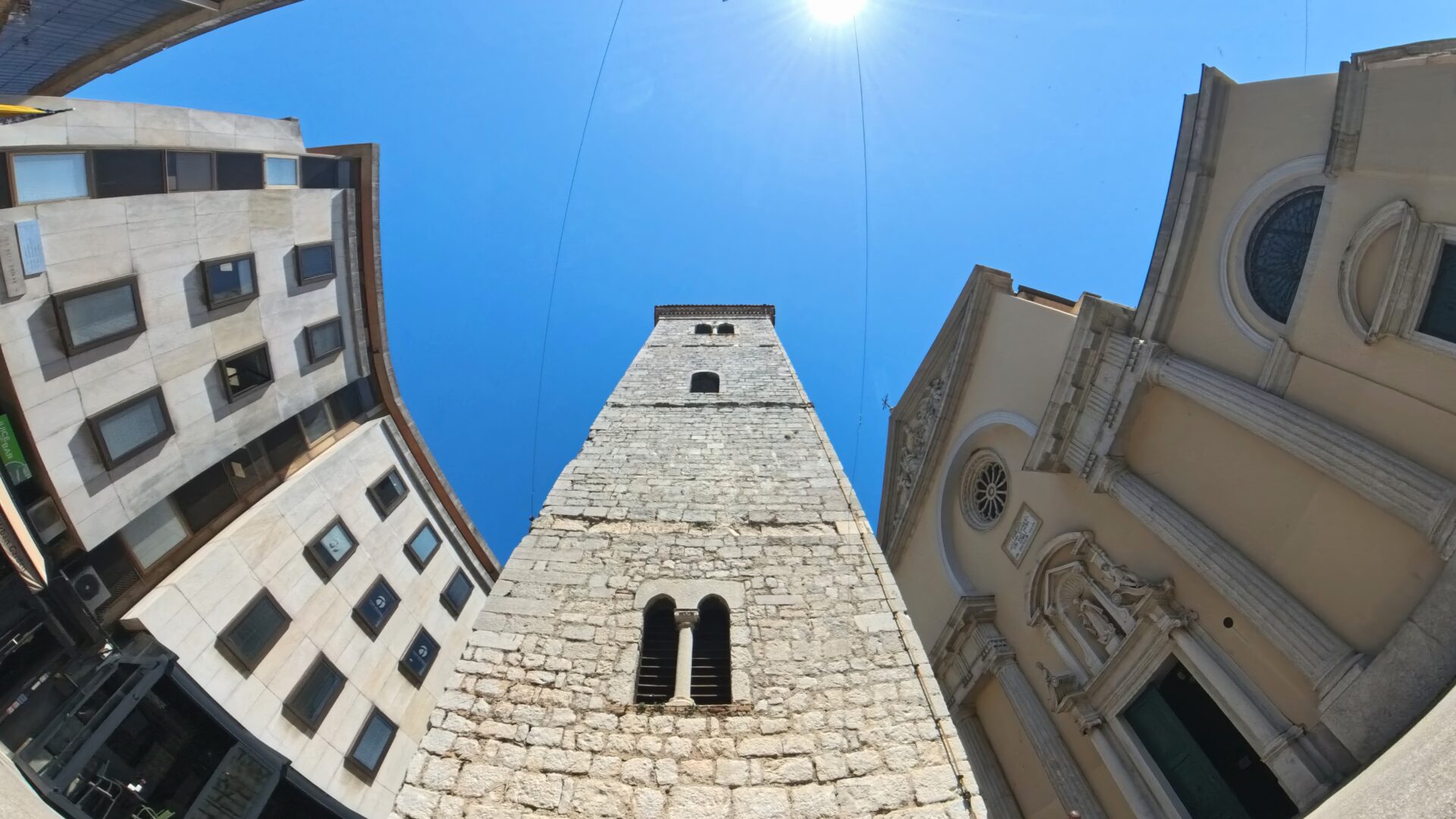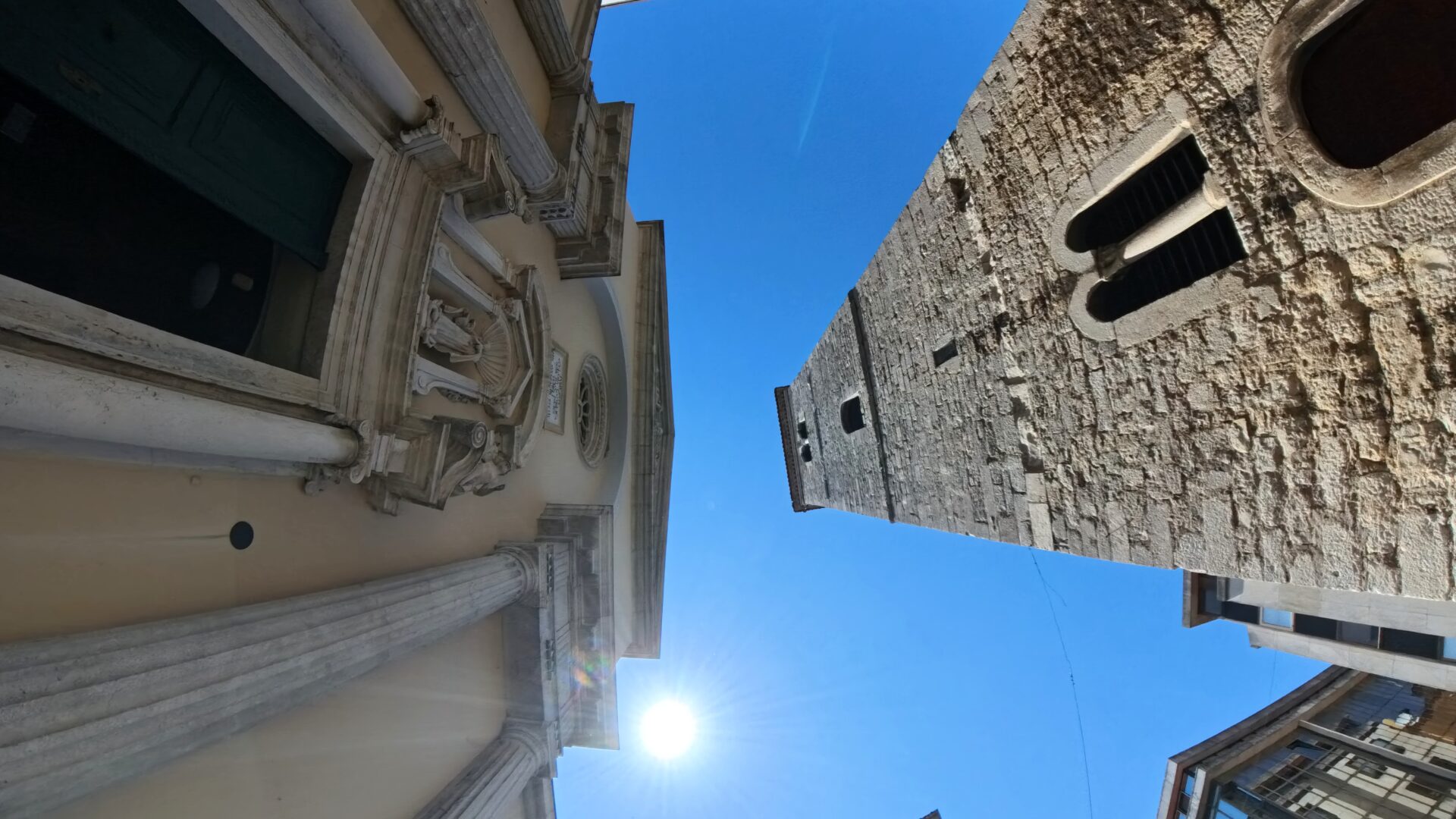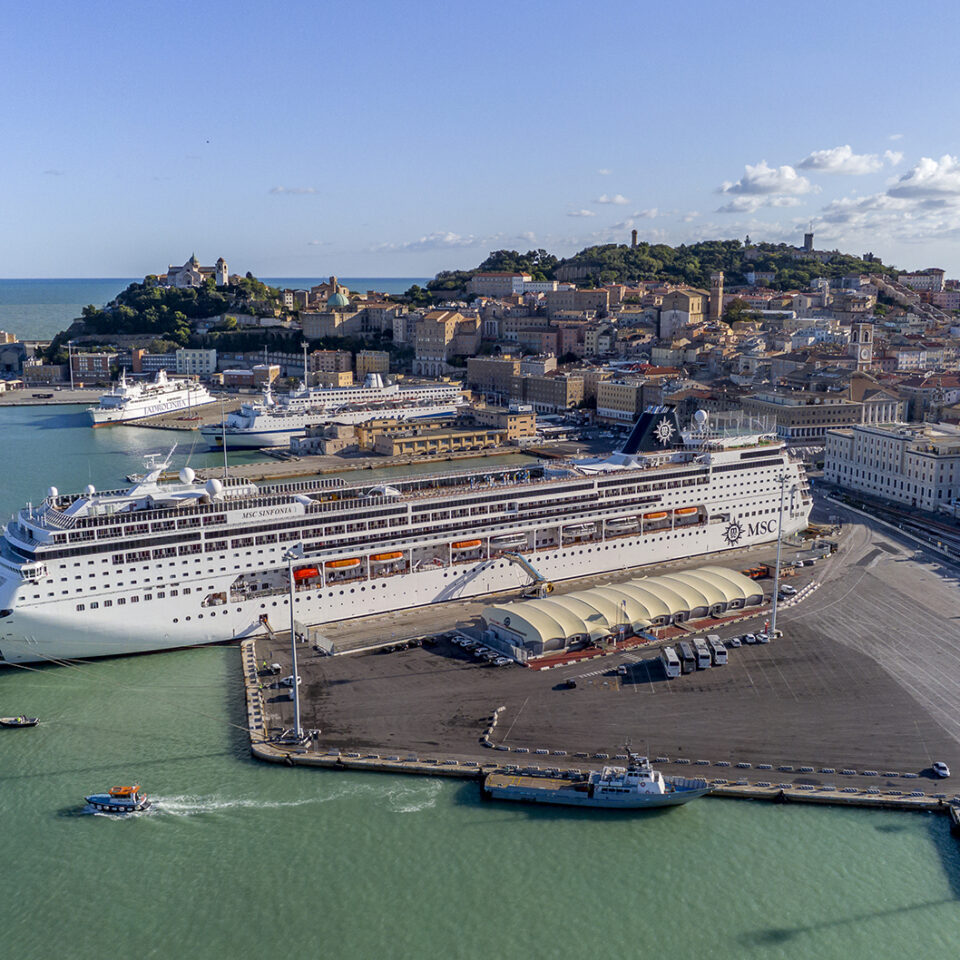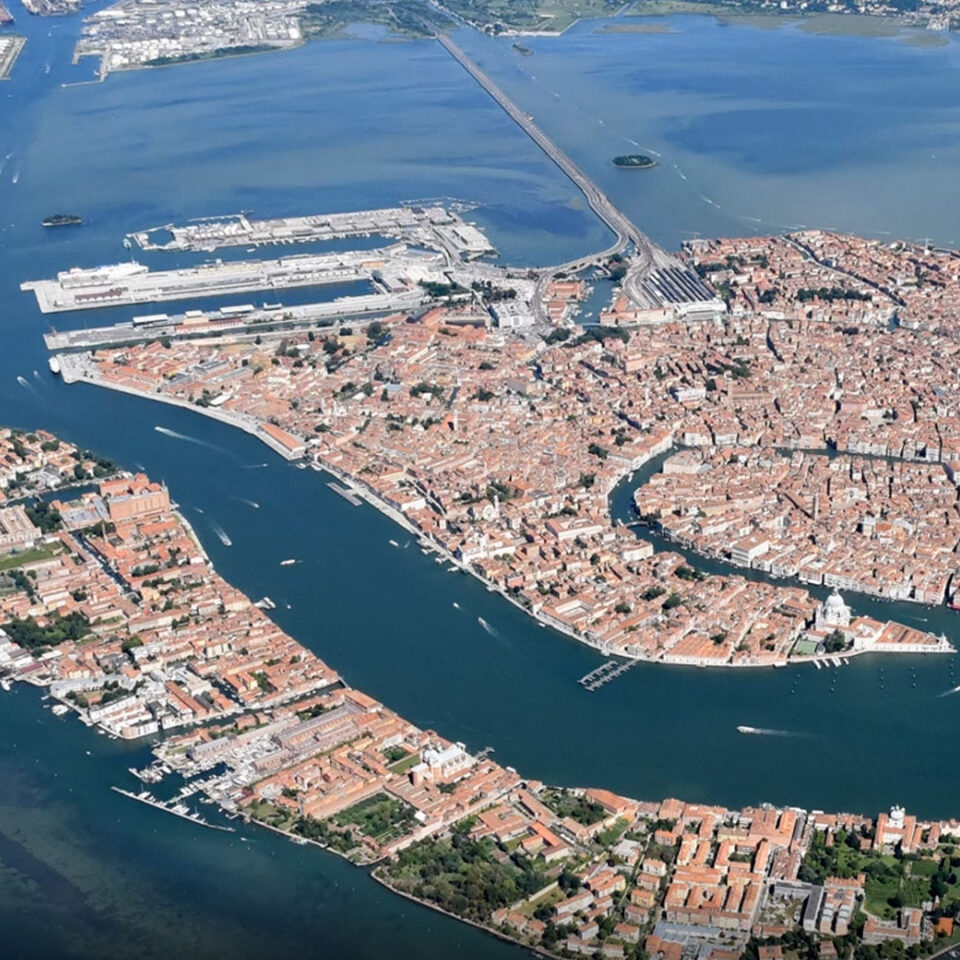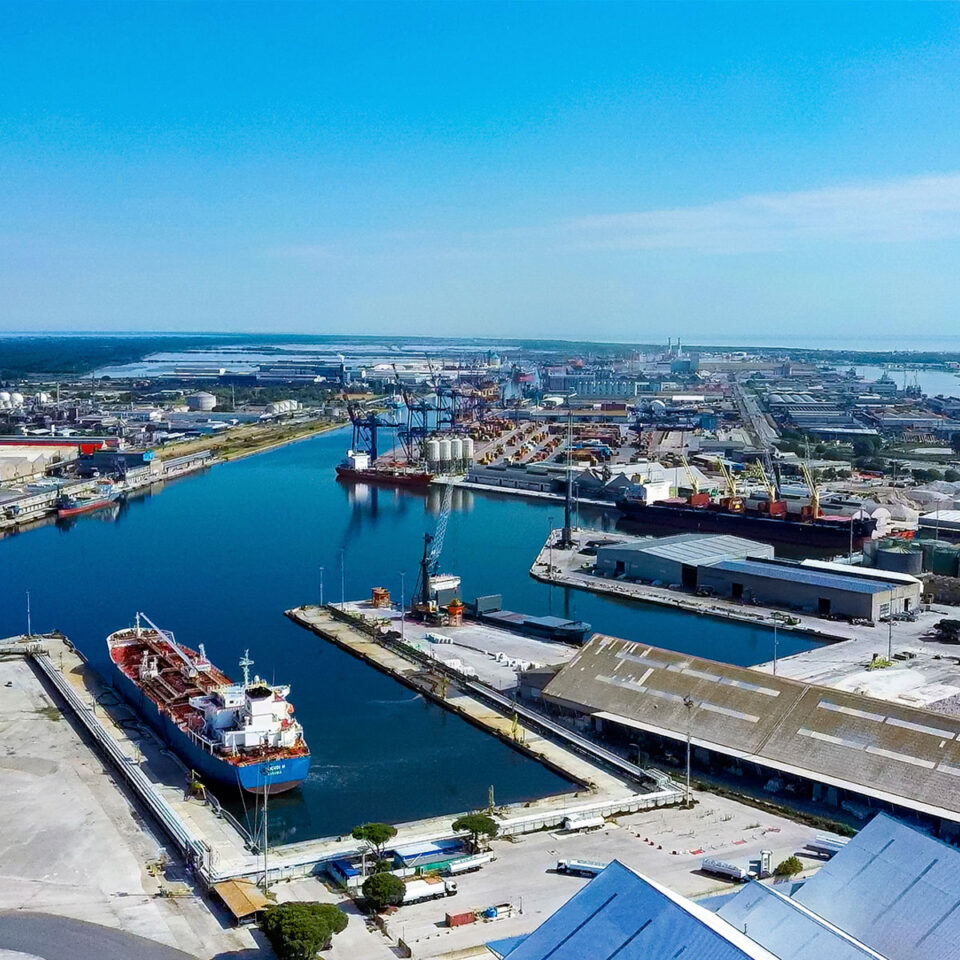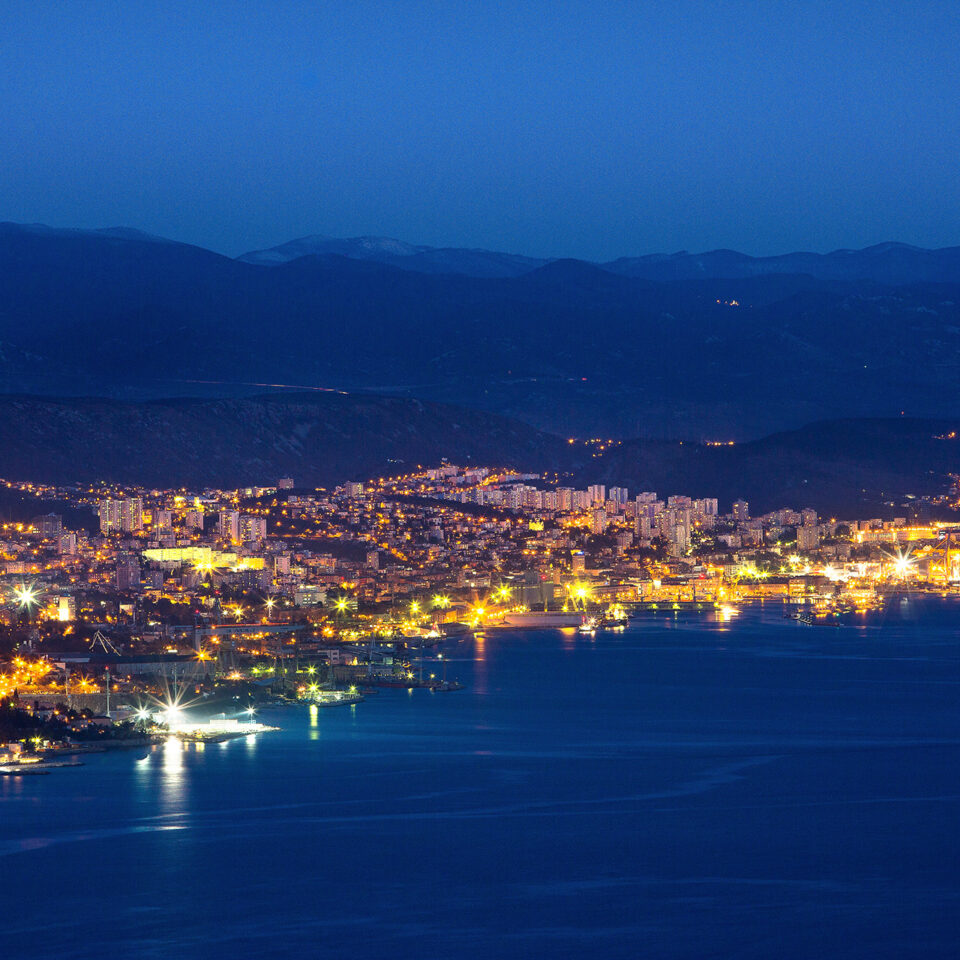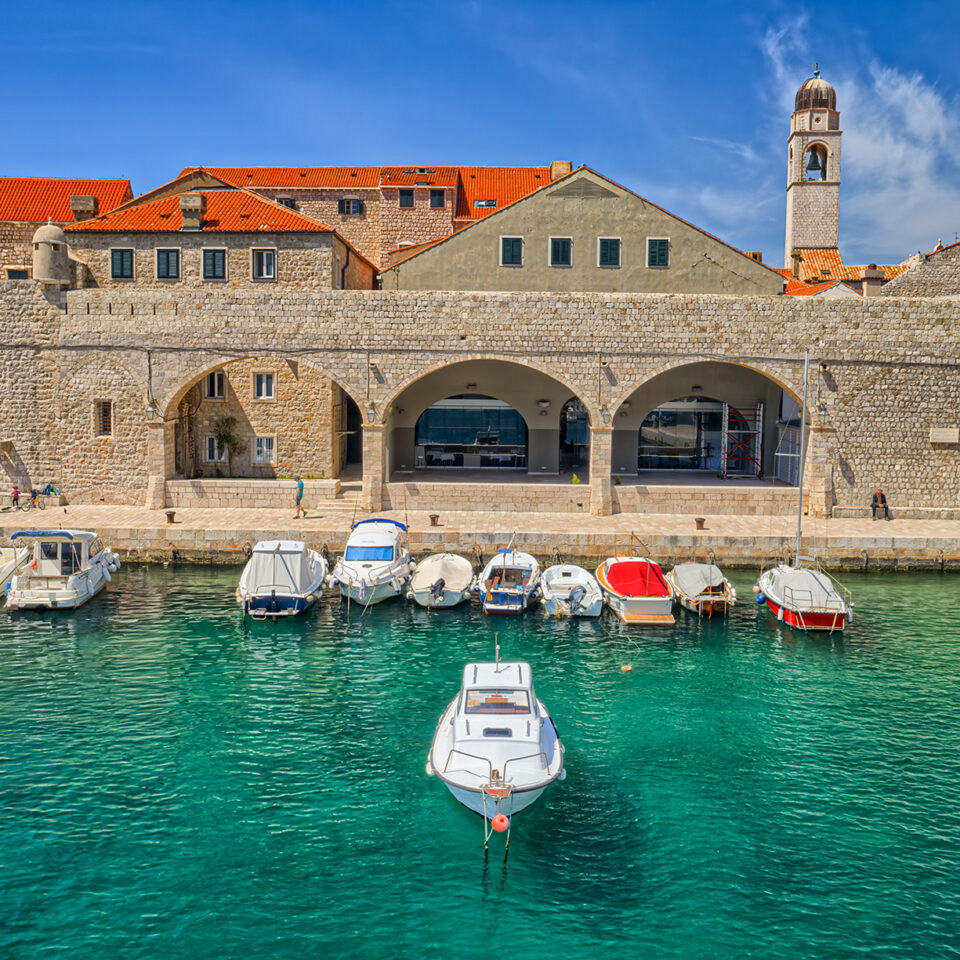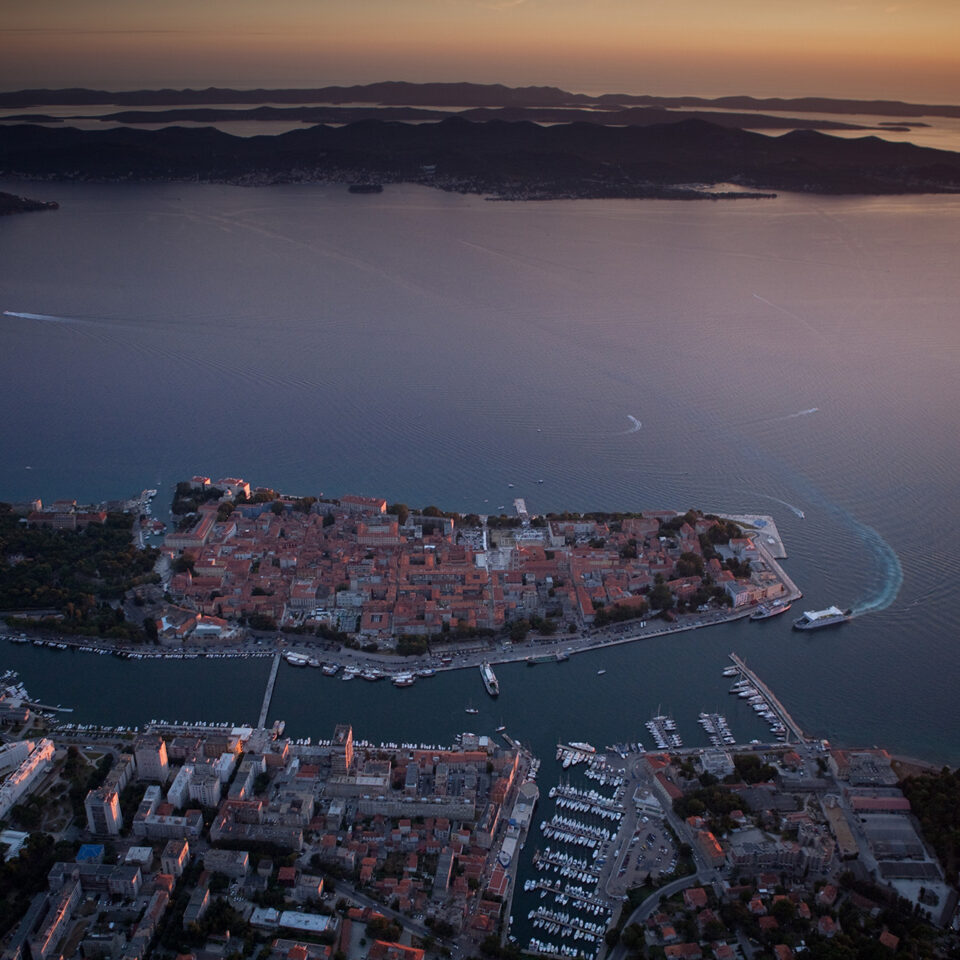


The Leaning Tower of Rijeka—A Bell Tower with a Tilt and a Historical Significance
At the center of the Old Town of Rijeka, next to the Church of the Assumption of the Blessed Virgin Mary, stands one of the few preserved medieval monuments—the bell tower known as The Leaning Tower. Its name comes from the tilt of over 40 centimeters, which has been there ever since the beginning of the 20th century. Even though suggestions had been made for it to be removed due to statics reasons, the tower is now stable and safe for visitors.
The tower was built in the 14th century, with the year 1377 engraved on its door. During the centuries it changed its appearance and height—a notable modification was carried out in the 18th century, when it reached today’s height, and it got its current, recognizable shape with the roof in 1928, when the earlier additions were removed and its original Gothic appearance was reinstated.
The bell tower stands on unstable terrain due to the impact of groundwater. The historical stream Lešnjak, whose underground streams had weakened the earth beneath the bell tower’s foundations, had the greatest impact on it. Additionally, a part of the foundation stands on the remains of buildings from late antiquity, which has also impacted its gradual shifting. Despite that, the bell tower has shown no signs of significant shifting in recent times and its statics is regularly monitored.
The church by which the tower stands has a long history. It had initially been built in early medieval times on the foundation of the Roman baths, and it was renovated and expanded in 1442, when the works were carried out by Juraj from Zadar. The church has been damaged and renovated several times throughout history—especially after the Venetian attack in 1509. It has been renovated in the 19th century and the second half of the 20th century as well, and some conservation works are being done to this day.
The bell tower and the church as a whole are an important part of the identity of Rijeka and a reminder of the city’s medieval appearance, which has mostly been lost due to urbanization, wars, and transformation. Due to its location and interesting statics, The Leaning Tower often attracts visitors and tourists alike, and its presence at the city center gives a special character to the area it stands in.
Today, the tower and the church serve as a monument, as well as an active place of gathering for the faithful, and their conservation ranks among more significant examples of a successful approach to renovation and presentation of cultural heritage in an urban context.

